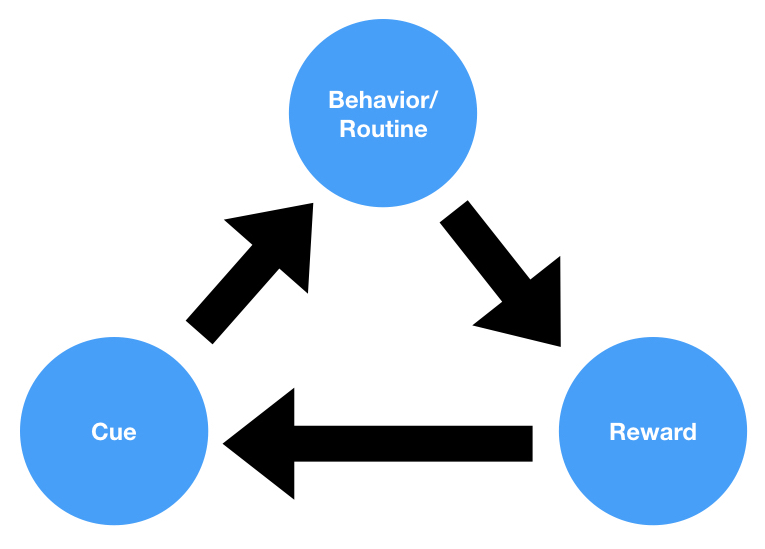Propriety, in the context of behavioral science and social psychology, refers to the adherence to established norms, customs, and social etiquette that govern appropriate behavior within a specific cultural or social group. The concept of propriety is important for understanding human social interactions, as it plays a crucial role in shaping interpersonal relationships, maintaining social harmony, and promoting cooperation and collaboration within groups.
Propriety encompasses a broad range of behaviors and practices that vary across cultures, societies, and historical periods. These may include verbal and non-verbal communication, personal appearance, manners, and adherence to social, ethical, and moral standards. By adhering to the standards of propriety, individuals signal their respect for, and alignment with, the values and expectations of their social group, which can lead to social acceptance, trust, and positive interactions.
Several factors contribute to the importance and influence of propriety in human behavior:
- Social Identity: Propriety plays a key role in defining and reinforcing social identity, as individuals tend to adopt the norms and customs of the groups to which they belong or aspire to belong, in order to express their membership and strengthen group cohesion.
- Social Learning: Propriety is often learned through observation, imitation, and social reinforcement, as individuals absorb and internalize the behaviors and practices they see in their social environment, particularly from role models and authority figures.
- Social Control: Adherence to propriety serves as a form of social control, as individuals who deviate from established norms and expectations may face social disapproval, ostracism, or other negative consequences, which can help maintain order and cohesion within the group.
Despite its importance in shaping human behavior, the concept of propriety can also have some negative consequences, such as:
- Conformity Pressure: A strong emphasis on propriety may lead to conformity pressure, in which individuals suppress their individuality, creativity, or dissenting opinions in order to adhere to social norms and expectations.
- Discrimination and Stereotyping: Propriety can sometimes reinforce and perpetuate harmful stereotypes, prejudices, or discriminatory practices, as individuals may judge others based on their adherence to socially prescribed norms, rather than their inherent qualities or abilities.
- Resistance to Change: A rigid adherence to propriety may impede social progress and change, as individuals may be reluctant to question or challenge established norms, even when they are outdated or harmful.
To navigate the complexities of propriety, individuals can:
- Cultivate Cultural Competence: By developing an understanding of the norms and customs of different cultural and social groups, individuals can engage more effectively and respectfully with diverse populations.
- Balance Individuality and Conformity: Striking a balance between adherence to propriety and the expression of individuality can enable individuals to maintain social harmony while also promoting personal growth and authenticity.
- Promote Inclusivity and Tolerance: Encouraging open-mindedness and acceptance of diverse perspectives and behaviors can help counter the negative consequences of propriety, fostering a more inclusive and tolerant social environment.
Understanding the role of propriety in human behavior is essential for enhancing interpersonal relationships, promoting effective communication, and fostering social harmony in both personal and professional contexts.




